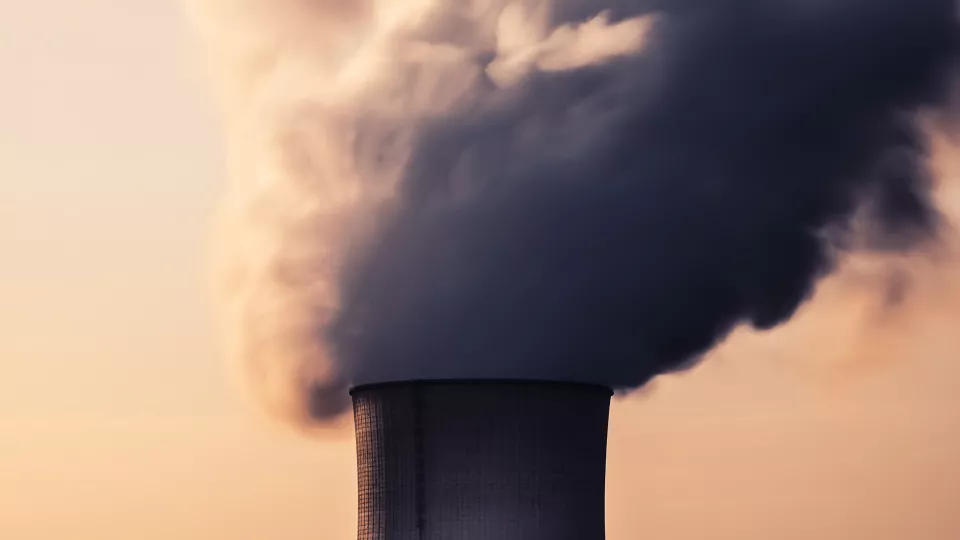In the updated Paris Agreement from COP26 Climate Summit, the historic decision of phasing out fossil fuel emissions was taken. To reach the goals of no more than 1,5 degrees increase in temperature, these emissions must be much reduced. To follow emissions reduction progress, improved monitoring is an important tool. The researcher´s group have studied the potential of satellite measurements and modelling to do this, and published the results in Environmental Research Letters.
- In short, we built together a modelling system that can estimate the expected uncertainties on estimates of fossil fuel CO2 emissions from potential satellite observations. Potential because it is for a satellite mission which is under development and to be launched in 2025." says Marko Scholze, researcher at the Department of Physical Geography and Ecosystem Science at Lund University and one of the main authors of the study.
- For this model we used hypothetical satellite data, so essentially an assumption of all the known uncertainties in the satellite observations of atmospheric CO2 concentrations.
From our department Hans Chen and Wolfgang Knorr were also part of the research team in this study.
Read more at lunduniversity.lu.se
Link to article in Environmental Research Letters


